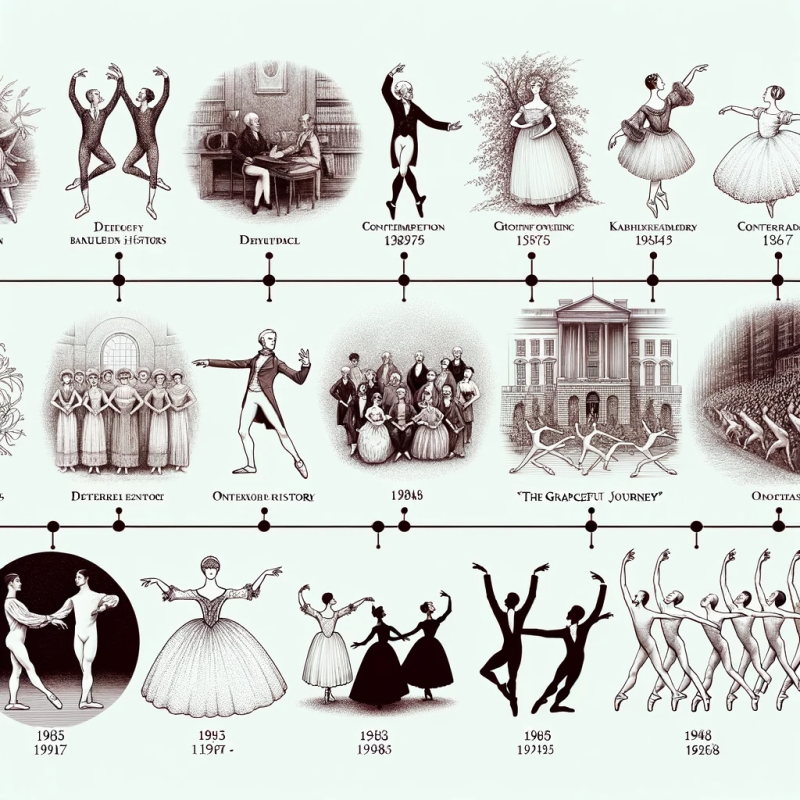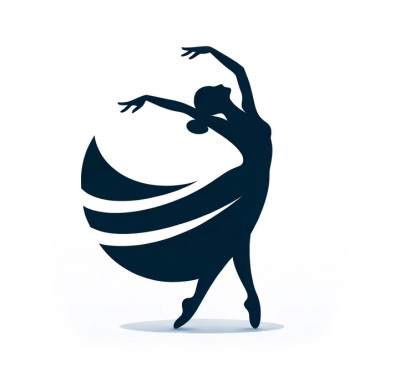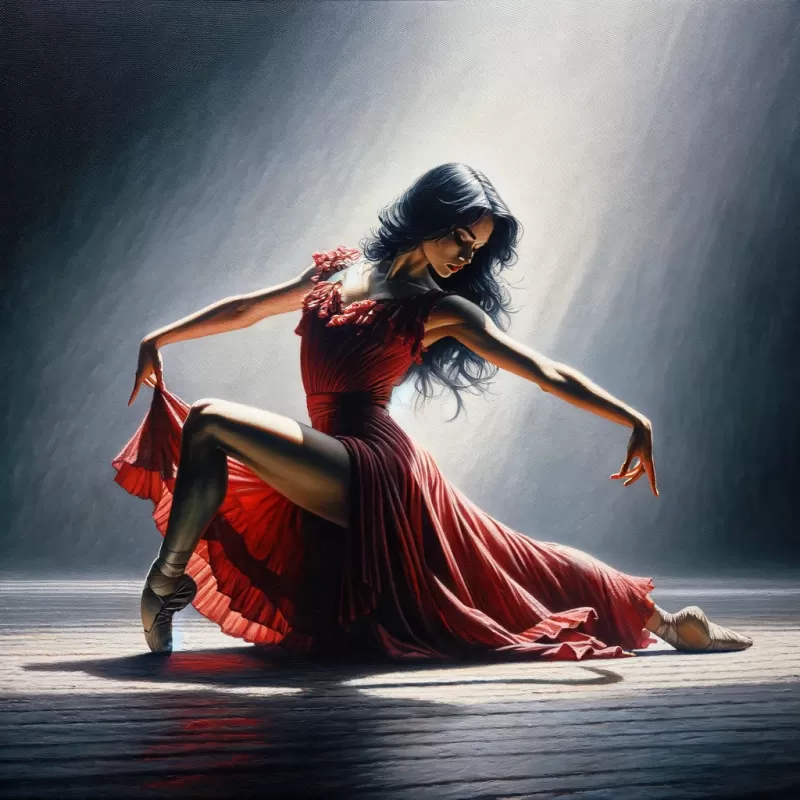The Graceful Journey: Tracing the History of Ballet
Published on October 20th 2023, 3:36PM Last modified on October 24th 2023, 11:15AM
When we think of ballet, images of ethereal dancers, tiptoeing gracefully in tutus, often come to mind. But behind this refined art form lies a history filled with innovation, drama, and cultural evolution. Let's waltz through the annals of time and trace the captivating journey of ballet.
1. Renaissance Beginnings:
Ballet's roots can be traced back to the Renaissance courts of the 15th and 16th centuries, particularly in Italy. These early performances were grand courtly entertainments, often blending dance, music, poetry, and set design.
2. French Flourish:
Ballet was further developed in the royal courts of France, especially during the reign of Louis XIV, the Sun King. He established the Académie Royale de Danse in 1661, laying the foundation for professional ballet. It was here that ballet terminology and techniques began to take form.
3. Romantic Era:
The 19th century marked the Romantic era of ballet, introducing iconic ballets like "Giselle" and "La Sylphide." This period saw the rise of the ballerina as the central figure, the use of pointe shoes, and ethereal narratives revolving around love, magic, and otherworldly creatures.
4. Russian Revolution:
Russia played a pivotal role in the evolution of ballet during the late 19th and early 20th centuries. Legendary choreographers like Marius Petipa and composers like Tchaikovsky birthed masterpieces such as "The Nutcracker," "Swan Lake," and "The Sleeping Beauty." The Ballets Russes, founded by Sergei Diaghilev, transformed ballet by collaborating with contemporary artists, composers, and designers.
5. Modern Movements:
The 20th century witnessed a departure from classical ballet, giving rise to modern and contemporary forms. Choreographers like George Balanchine introduced neoclassical ballet, merging traditional techniques with modern sensibilities. Ballet also began to integrate elements from other dance forms, leading to a richer and more diverse landscape.
6. Global Stage:
With touring companies and international collaborations, ballet became a global phenomenon in the 20th century. Ballet schools and companies sprouted worldwide, each adding its cultural touch, ensuring that ballet remained a dynamic and evolving art form.
7. Ballet Today:
Today, ballet is a harmonious blend of tradition and innovation. While classical ballets continue to enchant audiences, contemporary works push boundaries, reflecting societal changes and global influences.
In conclusion, ballet's history is not just a tale of an evolving dance form but a reflection of societal shifts, cultural exchanges, and artistic innovations. From the royal courts of Europe to the global stages of today, ballet remains a testament to the enduring human spirit to express, innovate, and connect.





Comments (0)